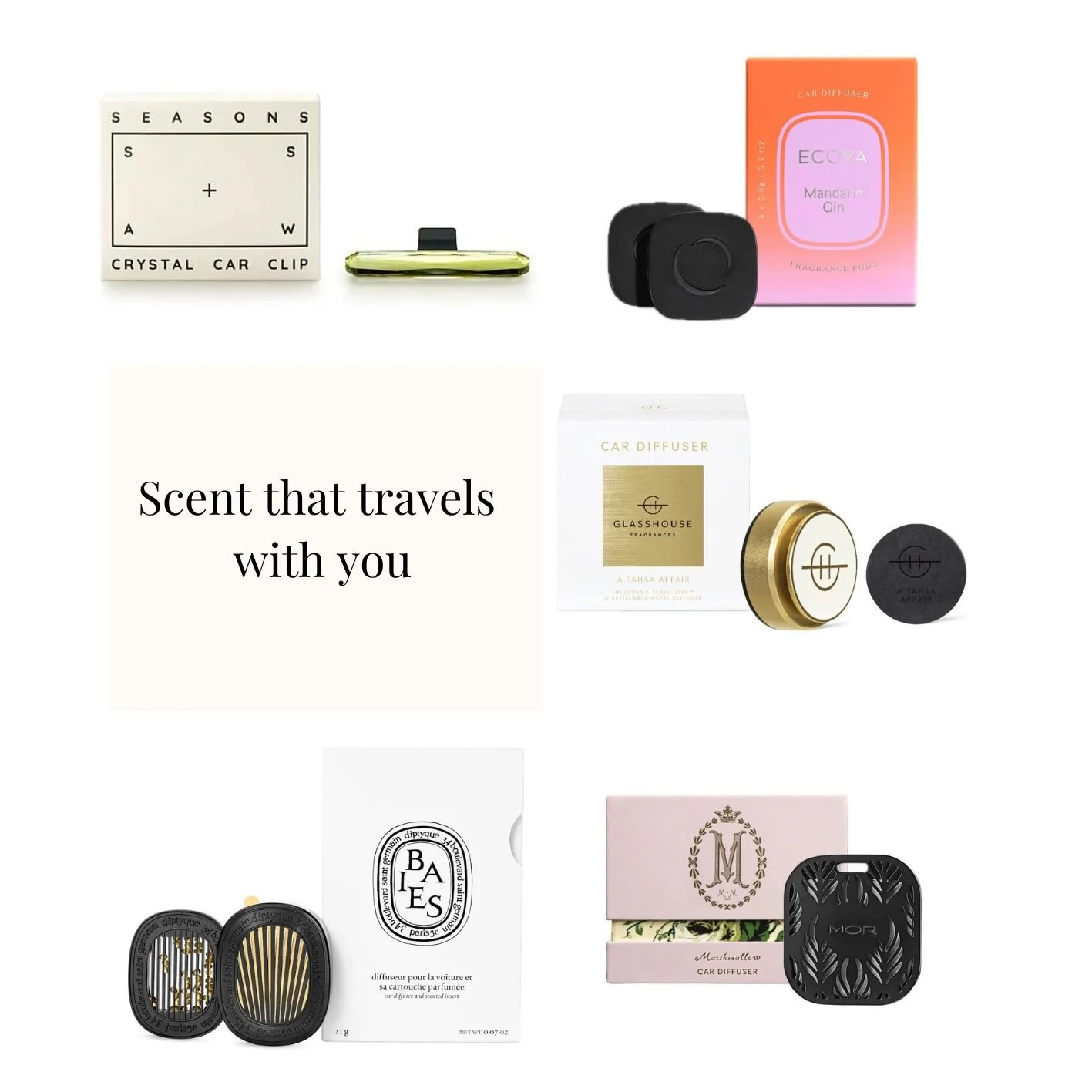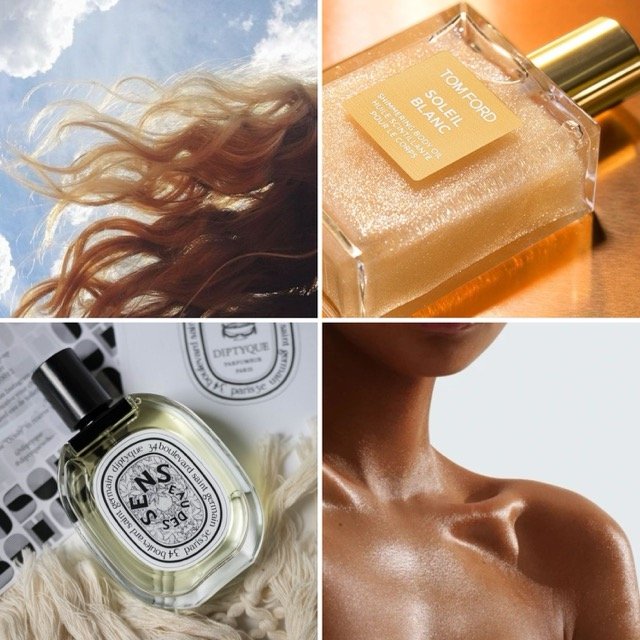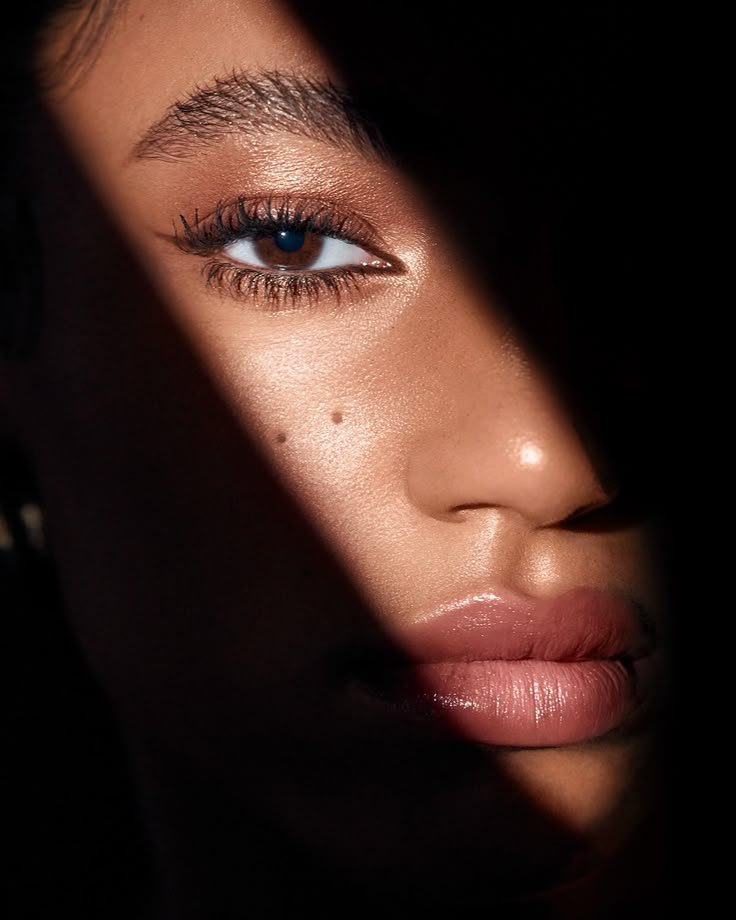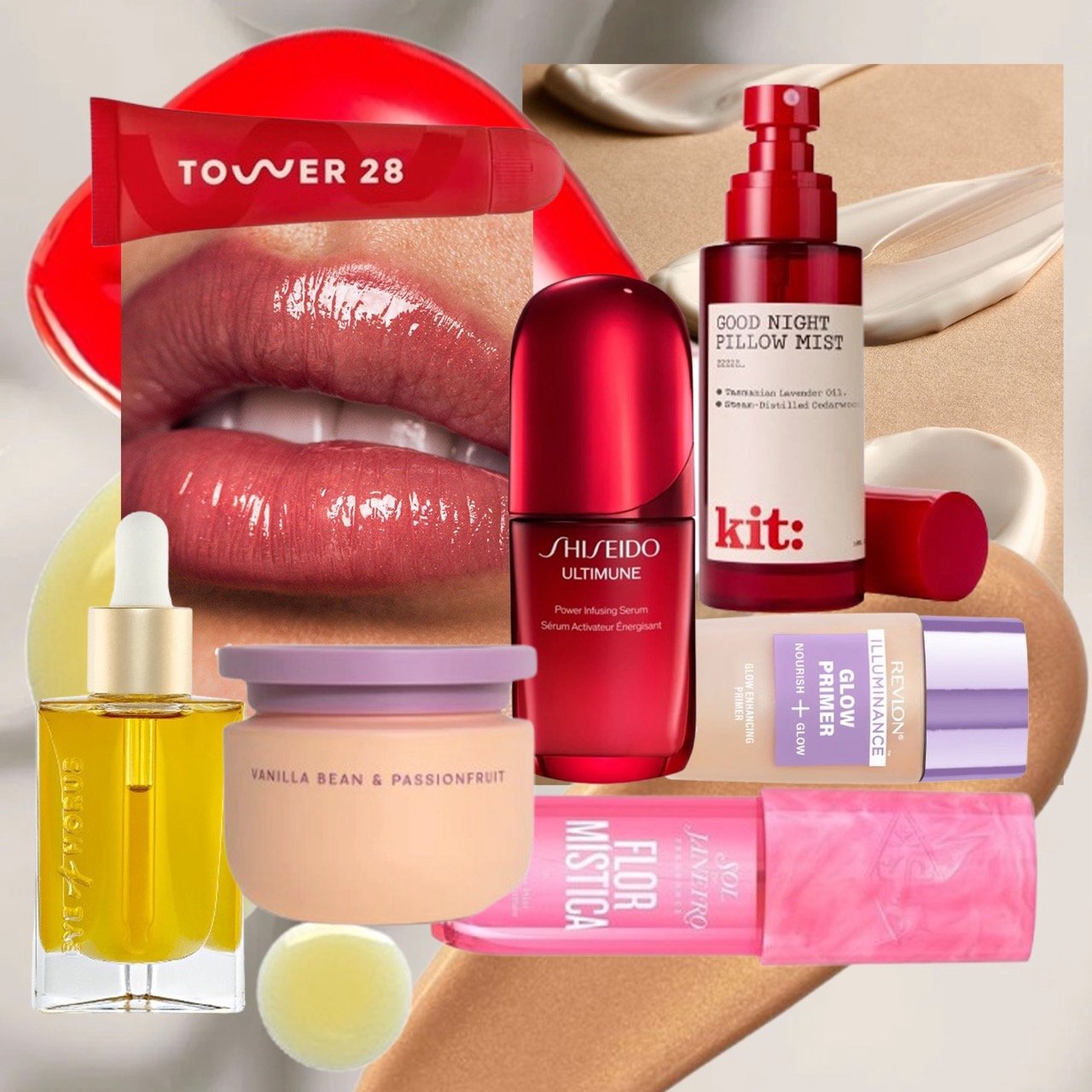While summer is our favourite season, it’s the most punishing on the skin. Add New Zealand's pristine air quality, and UV radiation is at its peak during the warmer months, which means we're exposed to some of the harshest and most dangerous UV radiation. That said, editor Trudi Brewer has good news regarding sunscreen shopping.
Image Instagram
There is nothing more uplifting than sunshine, but its toll on the skin is punishing. With that in mind, we need to get a grip on the importance of sunscreen. But a recent temperature check on sunscreen awareness shows that we’re slipping. To help protect the health of our skin, there are new rules around what sunscreen is on shelves, and the brands guarantee it works. Here to update us on the facts about UV damage is a melanoma expert who checks for skin cancer every day, Katy Doherty, managing director, Espy Skin - Dermoscopy nurse specialist, explains.
Katy Doherty, managing director, Espy Skin - Demoscopy nurse specialist.
“No excuses. Wear sunscreen every day. Make sure you reapply often because not only does SPF protect against skin cancers, but sunscreen is also the best anti-ageing product money can buy.”
Finally, NZ has updated its SPF regulations; what are the new guidelines?
The new law puts in place rules to ensure sunscreen products go through consistent and internationally recognised testing of the product performance and labelling requirements. For manufacturers and importers, any sunscreen product should be independently tested to ensure it complies with the safety standards before being supplied in New Zealand. Previously, sunscreens in New Zealand were classed as cosmetics, so they didn’t have to comply with any independent testing. The new laws help to align with Australian regulations – which is great news for Kiwis as it means all sunscreens on sale in New Zealand must meet the SPF claims on the label. They have also updated the sunscreen labelling laws to make seeing the SPF rating easier and make application instructions more transparent.
So, what is your checklist for buying an SPF to protect your skin?
The recommendation for sunscreen in New Zealand is SPF 30 or above (SPF 30 blocks about 97 per cent UVB rays, and SPF 50 blocks about 98 per cent UVB rays. No sunscreen blocks 100 per cent UV rays). Look for broad-spectrum products which protect against both UVA and UVB rays. UVA rays are primarily associated with skin ageing, and UVB rays are mostly associated with sunburn. A bonus is that your sunscreen blocks blue light as well. In today's digital era, we're constantly bombarded by blue light radiation, a type of high-energy visible light (HEV) emitted by screens on devices like TVs and smartphones, LED and fluorescent lights, as well as by the sun. Blue light can penetrate deeper into the skin, potentially leading to imbalances in elasticity, melanin production, and overall skin health with repeated exposure. If you suffer from melasma, sunscreen that blocks blue light can help prevent it from forming or at least help to prevent it from getting worse.
Mineral and chemical sunscreen ingredients confuse people. Can you clarify how they work? Which is best?
Mineral sunscreens, often called sunblock, sit on the surface of your skin to form a physical barrier to act as a shield to deflect and block the UV rays. Typically, these include zinc oxide or titanium oxide. Chemical sunscreens are a chemical defence, penetrating your skin and absorbing the UV rays before they reach and damage the dermal layers. Many sun protection brands offer a blend of sunblock (mineral) and sunscreen (chemical).
One of the most Googled SPF questions is: Can you tan through sunscreen, and should we be tanning at all?
Unfortunately, there is no such thing as a safe tan. When our skin is exposed to UV rays, it damages our cells at the DNA level. The skin attempts to protect itself by releasing melanin, which produces a tan. A base tan provides very little protection against further exposure to the sun – only the equivalent of SPF4. Meaning it will not protect against burning and subsequent damage. It’s important to understand that all tanning is a sign of damage to your skin cells. Skin cell damage increases your risk of developing skin cancer and accelerates wear and tear on your skin, such as wrinkles and sagging. Up to 90 per cent of skin changes often associated with ageing are caused by the sun’s UV rays.
Any tips on how to layer makeup with sunscreen? What do you apply first?
You should apply sunscreen before your makeup. Sunscreen is a protective barrier for your skin; apply it first to ensure it can effectively shield your skin from UV rays. After allowing the sunscreen to absorb for a few minutes, and then apply makeup.
The sunscreen Doherty rates
My Sunshine Tinted Semi-Matte, $48; SolarCareB3 Defence SPF50, $48. edandi dandi During Tube SPF 30 (UVA & UVB) Sunscreen, $49; and The Quick Flick Quick Screen SPF 50+ Hydrating Lip Balm Glaze, $21.
How much sunscreen do we need to apply daily, and how often do you need to reapply?
We need to apply more sunscreen than we think. As a rule of thumb for adults, the recommended application is five ml (approximately one teaspoon) for each arm, leg, body front, body back, and face (including neck and ears). That equals 35 mls (approximately seven teaspoons) for a full-body application. Always apply sunscreen 20 minutes before going outside. Reapply at least every two hours—or more often if you have been swimming or sweating.
What does a melanoma mole look like?
It’s important to note that there are three types of skin cancers, and not all look like moles. Most melanomas are brown and black but can also be pink, tan, or white. Melanomas can be found anywhere, even in places that have never seen the sun. Thirty per cent of melanoma arise from a pre-existing mole. Seventy per cent appear brand new in a place where you have never had a mole. Melanoma kills more people in New Zealand each year than the road toll, with early diagnosis key this affords an excellent prognosis. If not found early, then the prognosis is poor. The other two types of skin cancers are non-melanoma skin cancers: Basal Cell Carcinoma (BCC’s) and Squamous Cell Carcinoma (SCCs). These are more likely to be found in sun-exposed places and places that have had a lot of UV exposure over the years. BCC’s are the most common form of skin cancer; eighty per cent of New Zealanders will get a BCC in their lifetime due to their sun exposure over time - most are found on the face, neck and upper trunk. SCCs are the second most common form of skin cancer; they occur on any sun-damaged skin, usually the head, ears, lower lips, neck, forearm and back of the hand. For most people, I recommend a full-body skin check every 12 months by a clinician trained in skin cancer detection and prevention. If you have had a melanoma detected recently, or you are deemed as high risk, then you will need to be checked more regularly as advised by your clinician. We must watch for anything new, changing (especially if over 40) or non-healing sores on our skin. Get anything you are concerned about checked sooner rather than later. An acronym that I use is ‘I SPY’ – as in, play ‘I Spy’ with your skin between your regular skin checks:
I - If anything is changing: such as size, shape, colour, or texture,
S - Stands out: it looks different from your other moles.
P – Painful, itchy, tender or bleeding: or not healing within six weeks.
Y – You have never noticed it before: it’s something new – especially after age 40.
Is it worth investing in an SPF lip balm?
Absolutely. We are good at putting sunscreen on our face and body, but we always forget our lips. Imagine the sun exposure and sunburn our lips have experienced over our lifetime. Also, there is no such thing as “windburn” - if you ever thought you just had wind burnt lips – it would have been sunburn. So, look out for lip balms and lip glosses with SPF 30 or SPF 50. On my list of lip balms with SPF 50 to try are The Quick Flick Quick Screen – SPF 50 hydrating lip balm glaze and SPF50 3 in 1 Hydrate & Plump Lip Oil in Honey or Watermelon. Or, for those that want less shine and gloss, try That’s It, SPF30+ Mānuka Oil Lip Balm.
What sunscreen brands do you use?
My favourite tinted face sunscreen I have been wearing daily for over a year is My Sunshine Tinted Semi-Matte. The ultimate all-in-one mineral sunscreen for your face. The claim: It’s skin tint, primer, and moisturiser in one. Vitamin C and Co Q10 brightens, fights free radical damage and repairs. Has anti-inflammatory niacinamide (vitamin B3) and hemp to help fade hyperpigmentation and provides UVA, UVB & IR Blue light protection. My favourite all-around sunscreen is SolarCareB3 Defence SPF50, is fantastic for those who have seen a lot of sun over the years, as it has the added benefit of five per cent niacinamide, which can aid in preventing solar keratosis, sunspots and premature skin ageing. It applies like a dream, dries quickly, is non-greasy, and has no scent. Plus, it comes in two generous-sized pump bottles for quick and easy application. I have also recently discovered a local New Zealand company, edandi. It’s the most divine-smelling sunscreen that applies like a moisturiser- so light and non-greasy with 99 per cent natural ingredients, including cacao and a shot of real whiskey.
What's your final word on sunscreen?
No excuses. Wear sunscreen every day. Make sure you reapply often because not only does SPF protect against skin cancers, but sunscreen is also the best anti-ageing product money can buy.
























We round up brands that are not!